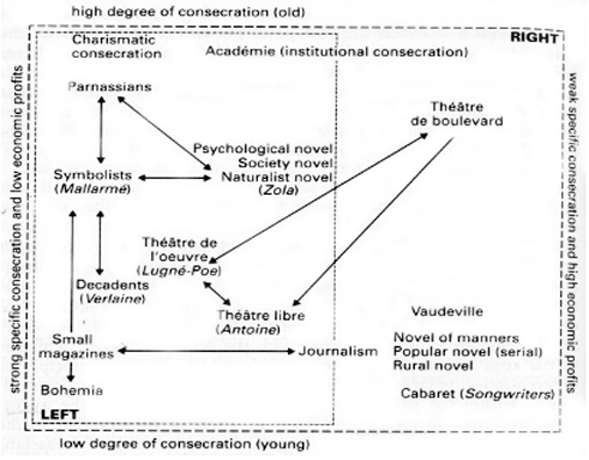Facebook
1601 S. California Avenue
Palo Alto
CA 94304
USA
6 October 2010
Dear Facebook People,
URGENT COMPLAINT– PLEASE READ, MORE ACTION TO FOLLOW SHORTLY
1) The short version:
At least one person, if not more, is/are impersonating me on Facebook, with (a) fake profile(s) claiming my identity. Despite me repeatedly bringing this to your attention, you have taken no action to remedy the situation. And I’m getting very annoyed.
2) The full version:
This thing you hold is called a letter. This is the third time I’ve contacted you, and I’m doing so by this antiquated method because, and I realise this may shock you so brace yourself, I have no Facebook account. Which means it is nigh-on impossible for me to get in touch with you. Kudos for your Ninja avoidance strategies.
Back when you had a button allowing me to alert you to a fake profile despite not having an account myself, I contacted you that way. I was answered with a resonant silence. Subsequently, when the problem persisted, I hunted lengthily for, found and left a message on the phone number you go out of your way to hide. Absolutely nothing happened. So here we go again: third time’s a charm.
I am being imitated on Facebook. I believe the only reason anyone is bothering to do this is because I’m a novelist (published by Macmillan and Random House), a writer and broadcaster, with a minor public profile. I think there are one or two community pages about my stuff on Facebook – that of course is very flattering and nice of people to bother. The problem is that there is or are also pages by someone(s) purporting to be me. This is weird and creepy. What’s worse is I know for a fact that some readers, friends and colleagues are friending ‘China Miéville’ under the impression that it is me, and that others are wondering why ‘China Miéville’ refuses to respond to them. And I have no idea what dreadful things or ‘likes’ or ‘dislikes’ are being claimed as mine, nor what ‘I’ am saying.
I know lots of people enjoy being on Facebook. Great. More power to them. Vaya con Dios. Me, though: not my thing. I have absolutely no interest in it. I am not now nor have I ever been a Facebook member. Short of some weird Damascene moment, I will not ever join Facebook – and if that unlikely event occurs, I promise I’ll tell you immediately. In the meantime, though, as a matter of urgency, as a matter of courtesy, as a matter of decency, please respond to my repeated requests:
• Please delete all profiles claiming to be me (with or without the accent on the ‘é’ – last time I looked, I found one ‘China Mieville’, and one more accurately rendered).
• Please do not allow anyone else to impersonate me. I have neither time nor inclination to trawl your listings regularly to see if another bizarre liar has sprung up.
• And while you’re at it, please institute a system whereby those of us with the temerity not to sign up to your service can still contact you on these matters and actually get a [insert cuss-word] answer.
I appeal to you to honour your commitments to security and integrity. Of course as a multi-gajillion-dollar company I have absolutely no meaningful leverage over you at all. If David Fincher’s film doesn’t embarrass you, you’re hardly going to notice the plaintive whining of a geek like me. All I can do is go public. Which is my next plan.
I’m allowing a week for this letter to reach you by airmail, then three days for you to respond to me by phone or the email address provided. Then, if I’ve heard nothing, on 16 October 2010, I’ll send copies of this message to all the literary organizations and publications with which I have connections
…
some of the many books bloggers I know; and anyone else I can think of. I’ll encourage them all to publicise the matter. I’m tired of being impersonated, and I’m sick of you refusing to answer me.
I look forward to hearing from you.
Yours sincerely,
China Miéville
 That's it really, not exactly a major breakthrough (hence not a Eureka! moment), but a brief moment when I looked up from my research and smiled a little as another piece of the jigsaw fell into place. Just thought I'd share that with you, as its been a bit dry in my blog-posting-world. Thanks.
That's it really, not exactly a major breakthrough (hence not a Eureka! moment), but a brief moment when I looked up from my research and smiled a little as another piece of the jigsaw fell into place. Just thought I'd share that with you, as its been a bit dry in my blog-posting-world. Thanks.






